Although the subsidy retreated soon, however, the development of new energy vehicles in China has been in a state of fierce increase under the guidance of the “double-integration†and “fuel consumption limit†policies. According to statistics, in the first three quarters of 2017, China produced 396,000 new energy vehicles, an increase of 40.9% year-on-year. According to the “White Paper on the Development of China's New Energy Vehicle Industry in 2017†recently published by TÃœV Rheinland, China has become the world’s largest new energy vehicle production and sales market, and its sales account for approximately 45% of the world market for new energy vehicles. In addition, the US new energy vehicle market also has a large share of sales, accounting for about 21% of the world market. The good market prospect naturally attracts many investors. Apart from the traditional car companies and parts and components companies, we see that many cross-border people nowadays are among them. For this reason, the safety issue of new energy vehicles has become the focus of national attention. “Electrification and intelligentization of these new car nouns have brought us not only technical impact, but also more demanding safety requirements. As a third-party testing and certification organization, our focus before we focused on how vehicles avoided traffic In the accident, how can we get a certain degree of security in accidents? Nowadays, with the advent of electrification, we must consider the contents of the original regulations that prevent electric shock, prevent overheating, etc. In recent years, new energy vehicle batteries have leaked and short circuited. The failures caused by overcharge, such as loss of control, spontaneous combustion, and fire, are the main causes of potential safety hazards in new energy vehicles. In addition to the battery, the electrical safety and functional safety of new energy automotive components are also important links...†Rhein Huang Yuxin, vice president of TÃœV Transportation Services Greater China, said in an interview with Gasgo. Pictured: Huang Yuxin, vice president of TÃœV Rheinland Greater China Transportation Services released “White Paper on the Development of China's New Energy Vehicle Industry in 2017†In addition to safety issues, the new energy automotive industry is currently facing a major challenge: It is reported that China's new energy vehicle export market is mainly concentrated in Southeast Asia and a small number of European countries in the early days, and development has now spread to the United Kingdom, the United States, Japan, the Netherlands, Brazil, and Russia. 70 different countries and regions. Today, there are still many water-related companies "ambiguous", in addition to expanding the domestic market, but also send hope to deploy overseas markets, and how to meet the overseas market regulations and related standards will be a major corporate face. In response to the above two issues, TÃœV Rheinland conducted a detailed interpretation of the national certification regulations for new energy vehicles, especially electric vehicles, in the 2017 White Paper on the Development of China's New Energy Vehicle Industry. The following are the main contents: New energy vehicle related ECE ECE regulation is a series of technical requirements set by the UN Economic Commission for Europe for various types of vehicle products and their system components, but its scope of application is actually an inclusive relationship between ECE regulations and the requirements of certain types of countries and regions in the world. Russia, Australia, the Middle East, etc. are far more than Europe. At present, there are more than 60 countries in the world that have joined relevant agreements and have agreed to gradually incorporate ECE regulations into their respective market access requirements. ECE is essentially a series of technical standards and is not mandatory in itself. However, once a country or region incorporates it into its own type certification system, it becomes mandatory for local automotive products. standard. The so-called E-mark certification is basically an indication of the certification of these regulatory requirements. As the technical requirements for vehicle products in Europe and the United States are relatively strict, it is still a minority that domestic self-owned brand models, especially small passenger vehicles, can be exported to the EU. At present, the main destination countries for China's automobile exports are still countries and regions with low economic development or low vehicle technology standards, such as Iran, the Middle East, South America, Africa, and Southeast Asia. Most of the technical standards used in these countries and regions are ECE regulations. Therefore, it is of special significance to study ECE regulations for the export of self-owned brands in China. Analysis of Electric Vehicle Regulations Among the new energy vehicles, pure electric vehicles are the biggest hot spot in the current automobile industry. Compared with the traditional internal combustion engine-driven vehicles, electric vehicles provide DC or AC electric motors to drive the batteries. The operating voltage of the electric vehicles reaches hundreds of volts, which is far more than the commonly-recognized safety voltage of 36V. This makes electric vehicles meet the safety requirements of conventional vehicles. Under the premise of the standard, additional safety standards related to electrical safety must be met. Each country has its own vehicle product access system and corresponding mandatory technical standards (such as China’s CCC, EU’s EU/ECE certification, US’s DOT/FM VSS standards, etc.). The following table lists the current entry into China, the US, and Europe. The market's pure electric vehicles meet special standards at the vehicle level. It can be seen that in terms of conventional electrical safety, the most important standard in China is the GB/T 18384 series of standards, the main revision of which is the ISO 6469 series of standards; the main EU regulation is the revised version of ECE R100 02, the first part of which is aimed at The safety requirements of the vehicle, the second part is for the parts and components certification requirements of the REESS energy storage device. The following table lists the national standard in the energy storage device, operating safety and fault protection, personnel protection against electrocution regulations, and Europe The similarities and differences between the subject and the national standard. The United States does not have mandatory standards for general electrical safety. In addition to ensuring safety under normal driving conditions, electric vehicles must also ensure the electrical safety of the vehicle after a collision. The following table shows the similarities and differences between China, the United States, and Europe for the assessment of the electrical safety of vehicles after a collision test. The standard requirements for seeing the three are relatively similar, but in fact the biggest difference is reflected in the form of collision tests prescribed by the standard. Both China and the European Union require only that electrical safety be assessed in frontal and side impact tests. The FMVSS 305 in the United States not only provides for the inspection of electrical safety in frontal, side and rear collisions and rollover tests, but also tests to be performed on the driver and vice. The two sides of the driver were separately conducted. After the collision, the vehicle was subjected to 360° tumble reduction in accordance with FMVSS 301 S7.4, and the inspection was performed. As a result, the complexity and severity of the test were greatly increased. In summary, it can be seen that the overall vehicle safety standards for China's pure electric vehicles are generally more detailed and stricter than the EU standards in terms of content, but due to the EU's type certification system and the strictness of its market supervision, manufacturers are required to The implementation and production consistency are more cautious. The complex requirements of the United States FMVSS standard for vehicle collisions are a major test for domestic manufacturers. In addition, a large number of relevant standards developed by the Society of Automotive Engineers (SAE) have not been listed as mandatory, but they have been adopted by mainstream manufacturers in the United States. As a prevailing standard, under the market access system based on self-declaration in the United States, domestic manufacturers are required to make greater efforts to study relevant standards in order to avoid future risks. Mr. Zheng Hao, general manager of TÃœV Rheinland's commercial and industrial product service parts, said that “China is the best place in the world to develop an electric vehicle environment. Enterprises must build products that meet international standards when they go out. The German Rhine was founded in 1904. TÃœV is the first third-party testing and certification organization in China capable of providing services for the entire industry chain of electric vehicles, and has accumulated a lot of experience in the certification of electric vehicles and related components, especially the power battery ECER100.We hope we can professionally Knowledge and experience will help China's electrification move into the international market.†Paddy Field Pusher,Tractor Drived Paddy Field Pusher,Farm Paddy Field Pusher Shandong Dahua Machinery Co.,Ltd , https://www.agrodahua.com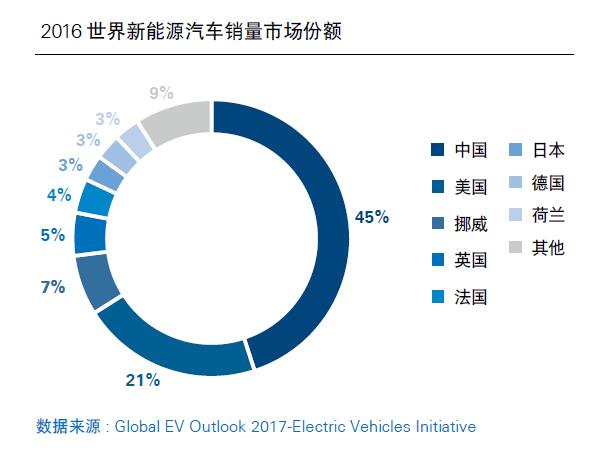

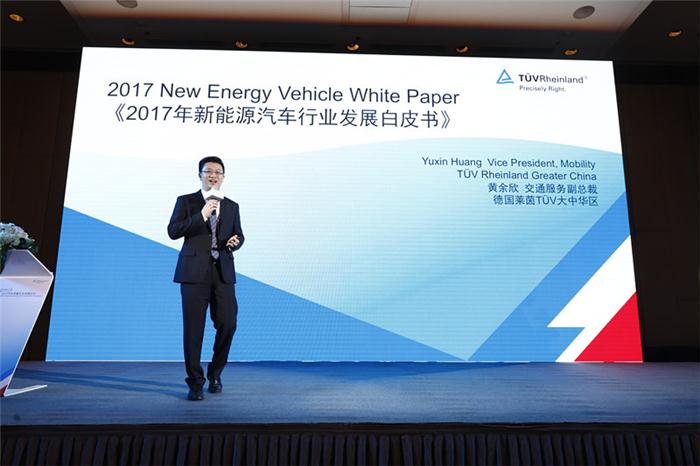
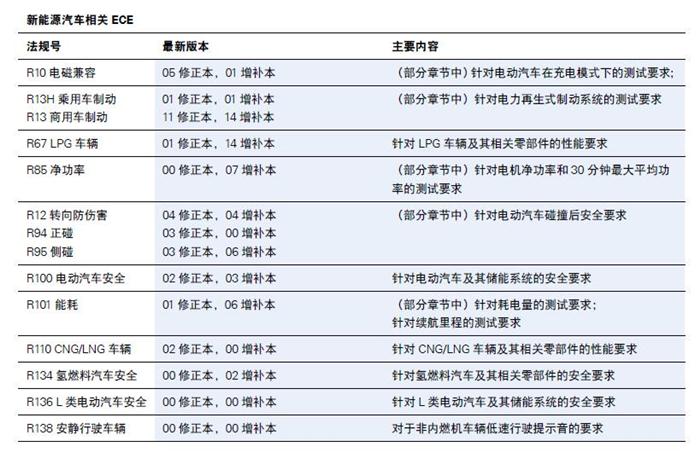
![]()
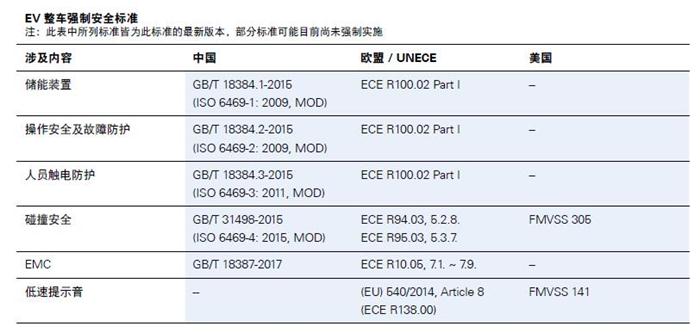
![]()

![]()

![]()
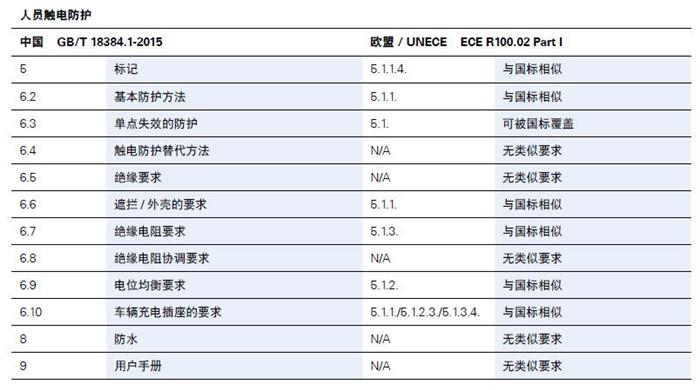
![]()
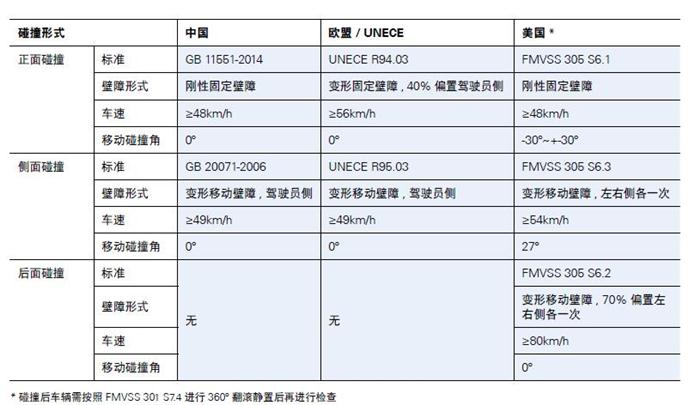
![]()
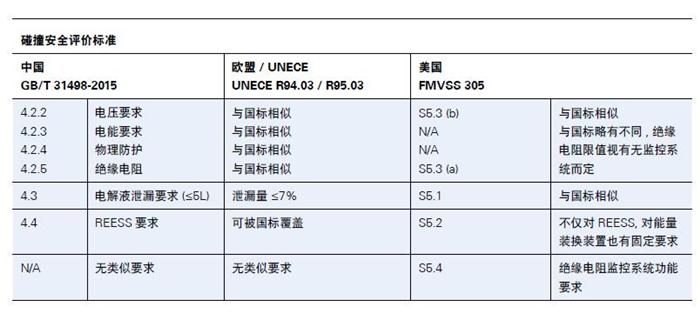
![]()